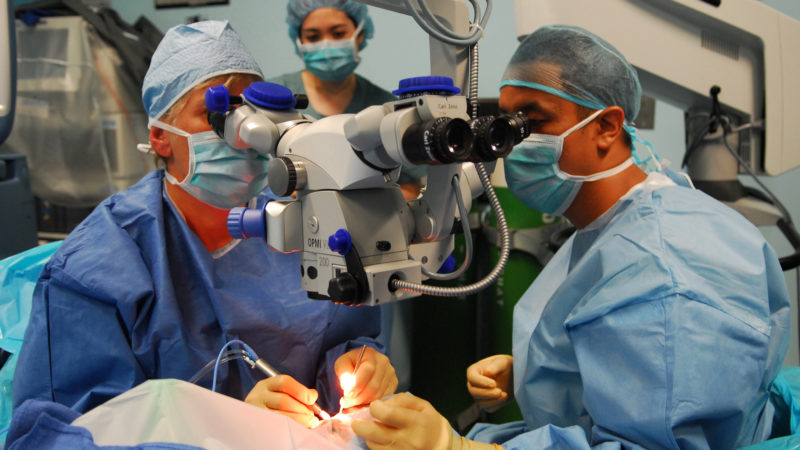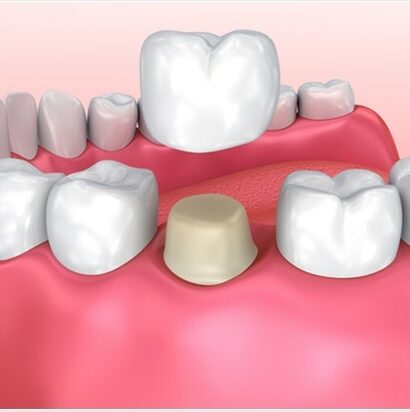Phacoemulsification or Phaco surgery is the most common technique for cataract removal. It is the preferred technique as it is quick (30 mins), requires minimal sedation, and recovery is fast.
What is a cataract?
It is an eye disease, especially among the elderly, in which the clear lens of one or both the eyes becomes cloudy or opaque, ultimately leading to a decrease in vision.
In a typical scenario (normal vision), the lens of the eye focuses light onto the retina due to which images appear clear without any distortion. The clouding of this lens is known as cataract, which causes blurring and distortion of vision.
A cataract is a gradual process (aging) but can occasionally develop rapidly. Usually, cataract affects both the eyes. However, it is not uncommon for a cataract in one eye to advance more quickly.
Factors that may cause cataracts to form:
- Ageing
- Eye infections
- Medications like steroids
- Injuries to the eye
- Exposure to intense heat or radiation
- Exposure to UV rays
- Diseases such as diabetes or other metabolic disorders
Types of surgeries for cataract removal:
- Phacoemulsification: The most common cataract-removal operation. The surgical incision for this surgery is the smallest when compared to the other two procedures.
- Extracapsular cataract surgery: This procedure is used in highly advanced cataract cases, which is too dense to be treated through Phaco surgery. The incision during this surgery is more prominent than Phaco surgery.
- Intracapsular cataract surgery: This technique is rarely used nowadays. The incision during this surgery is the biggest when compared to the other two methods. Also, the intraocular lens is placed in a different place, i.e., in front of the iris during this surgery.
What is phaco surgery?
Phaco cataract surgery involves breaking up and removing the cataract using an ultrasonic device to improve vision. An intraocular lens is immediately inserted after phacoemulsification. Although risks are minimal, patients opting for Phaco surgery in Delhi must contact the best eye hospital.
Why is Phaco preferred over other techniques?
- Other cataract removal techniques require big incisions and multiple stitches for closure. Suture removal may be required post-surgery.
- Phaco is less complicated surgery with less healing time. Due to the rapid recovery of the vision, patients can return to their daily routine earlier than during other cataract removal surgeries.
- Complications after Phaco surgery, such as vitreous loss, cystoid oedema, wound leak, etc. are less when compared to other surgical processes.
Advantages of Phaco surgery
- Small incision which requires no sutures.
- Better vision results
- Due to the risk-free nature of the surgery, patients are confident and free from the fear of blindness. Psychologically patients are optimistic, which leads to quicker recovery; their vision will be better without any complication.
- Along with cataract removal, vision is often better than before because patients can choose to have special lenses that can be mono-focal, multifocal, and toric lenses to correct astigmatism.
- Post-surgery recovery time is quick. Therefore, most patients find it easy to resume their daily activities, including watching TV, reading, and joining work.
Disadvantages of Phaco Surgery
The disadvantages are negligible. Therefore, Phaco is the most preferred technique for cataract removal.
- Surgery involves the use of expensive devices and instruments.
- The equipment used is disposable and used only one time, increasing the cost of the surgery.
- The surgery can be done on patients who are calm and composed and won’t move during the procedure; else, it could lead to complications like corneal damage. Hence, it is not safe for hyperactive patients.
Wrapping up
Phaco surgery is a safe surgery where complications are unlikely. Most patients might not require the use of eyeglasses and contact lenses after the Phaco surgery.













